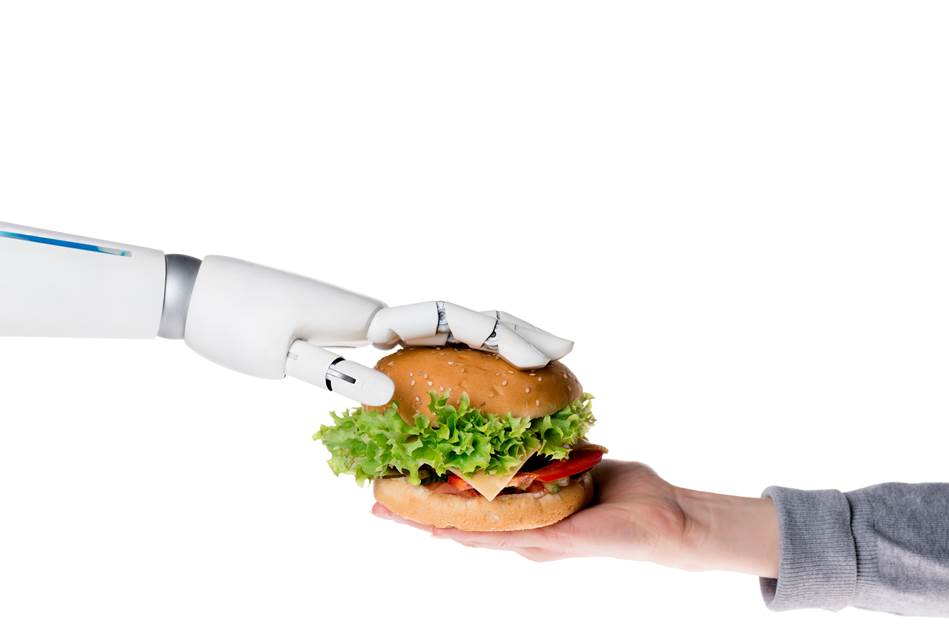Will Restaurant Automation Solve the Industry’s Labor Problem?
3 Min Read By Erik Cox
Restaurant operators are under constant pressure. Take it from me, I used to be one. I used to ask myself, how will we scale while maintaining operational consistency across the brand? How can we grow same store sales and achieve profitability? What can I do to maintain guest satisfaction, especially when consumer preferences are in a state of flux? Today, operators have to answer these same questions while also accounting for unprecedented levels of staff turnover.
A shortage in the labor market and an explosion of new restaurants make it difficult to find and keep good team members. This just makes restaurant operations all the more chaotic. It often seems that once everything is running smoothly, turnover strikes. Teams change and operations fall apart. The restaurant’s back office is rooted in chaos, but there are ways to limit the impact of high employee turnover. That’s why restaurant automation tools are so important.
What is restaurant automation?
This is an important question because restaurants have different ideas regarding the scope of their automation efforts. For example, SPYCE is a restaurant in downtown Boston that describes itself as ‘the world’s first restaurant featuring a robotic kitchen that cooks complex meals.’ Guests begin by ordering a meal from a digital kiosk, and then watch as a robot auto-prepares, mixes, and serves the meal. The human interaction is minimal, and the robotic chefs produce consistent, delicious food.
This is clearly an extreme example of restaurant automation, yet traditional restaurants can learn from SPYCE, applying automation for cost savings, quality control, and to gain a competitive advantage. The first step is to consider where leveraging technology can either minimize the time spent on certain tasks, or eliminate those tasks altogether. In an era of high employee turnover, restaurant automation tools deliver a real business impact. Operational task automation saves time, energy, and reduces training across the organization. Managers spend less time training new team members on certain tasks, because those newly-automated tasks will already be done. And automation is helping to streamline other tasks by making them simpler and faster.
Does that mean robots are taking all the restaurant jobs?
Fear not, hospitality is still a people business, and the robot isn’t replacing the need for quality team members and the important role human interaction plays in the success of restaurants. Restaurant automation is focused upon the tedious and time-consuming aspects of managing a restaurant, so managers and staff can spend their time and effort on the most important component of any restaurant – its guests.
Operators are primarily concerned with their restaurant’s traffic and the guest experience. They don’t want to spend the bulk of their days worrying about inventory counts, vendor orders, or making schedules. The more time they spend focused on back office operations, the less time they focus on serving guests and ensuring the best dining experience. Restaurant automation tools resolve this issue.
Where can automation make a difference today?
Turnover is not slowing down in the restaurant industry. While you can’t stop it, you can put automation in place and use back-office systems that alleviate the challenges that come with managing a restaurant while on-boarding new people. SPYCE has had success with its robotic chef/server, but you can optimize your labor costs without eliminating the human element from your operations. Begin by reviewing your back office – are you still spending a lot of time managing inventory, labor and other core functions because you’re slowed down by aging tools?
A strong back office solution with restaurant automation tools can reduce the pains of high employee turnover by increasing team efficiency and boosting consistency. These tools can streamline or, in some cases, eliminate mandatory and mundane tasks that operators deal with on a daily basis. These tasks include forecasting, production, vendor ordering, receiving, and scheduling. Artificial intelligence and automation bring greater efficiency to these functions, so restaurants can better plan purchasing, menus, and staffing.
At the end of the day, technology doesn’t need to replace your people. Instead, it should empower them to do what they’re best at – which is serving your guests. Automation tools allow this to happen, which leads to more efficient restaurants. This is a great tool to fight the risks of high employee turnover.


